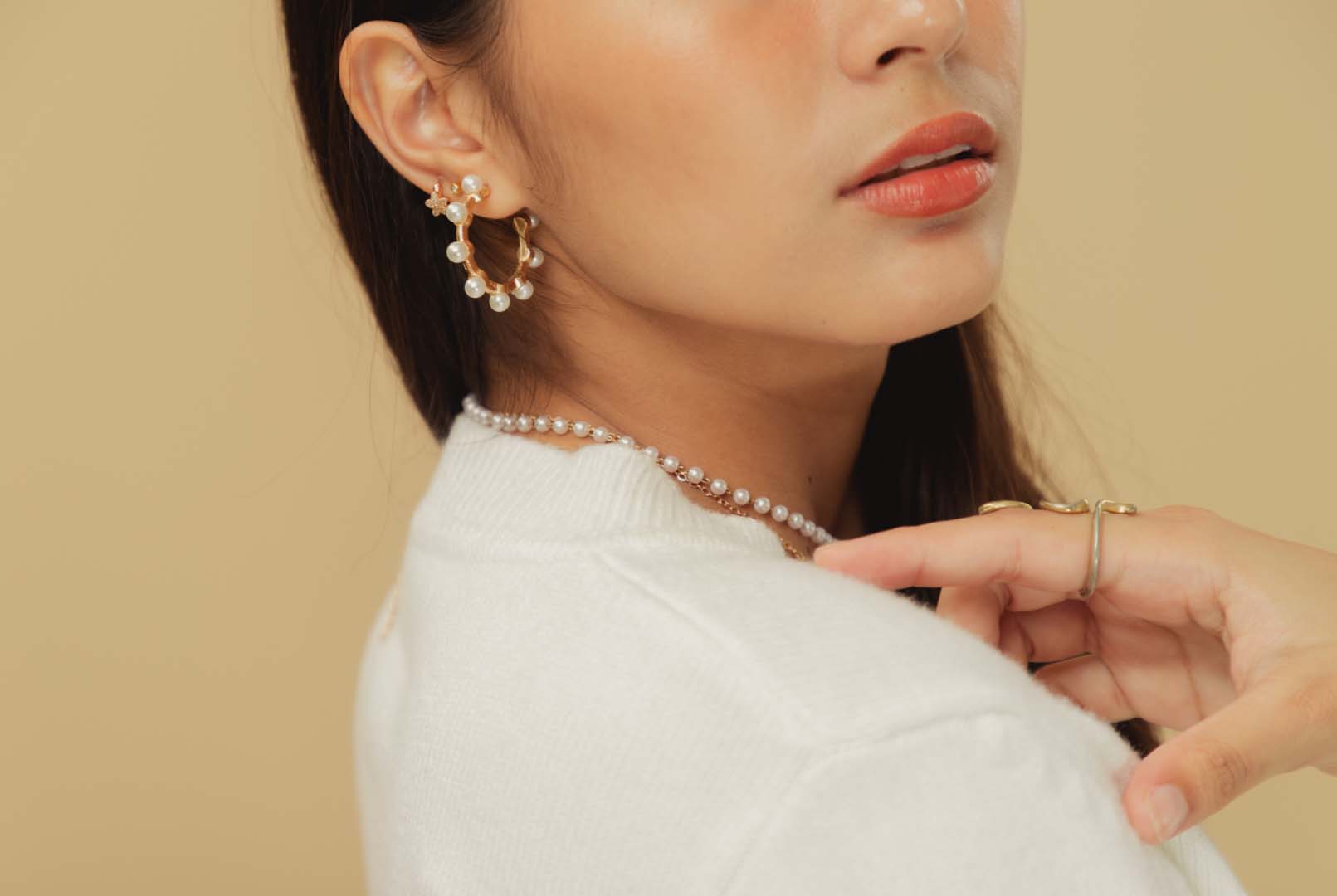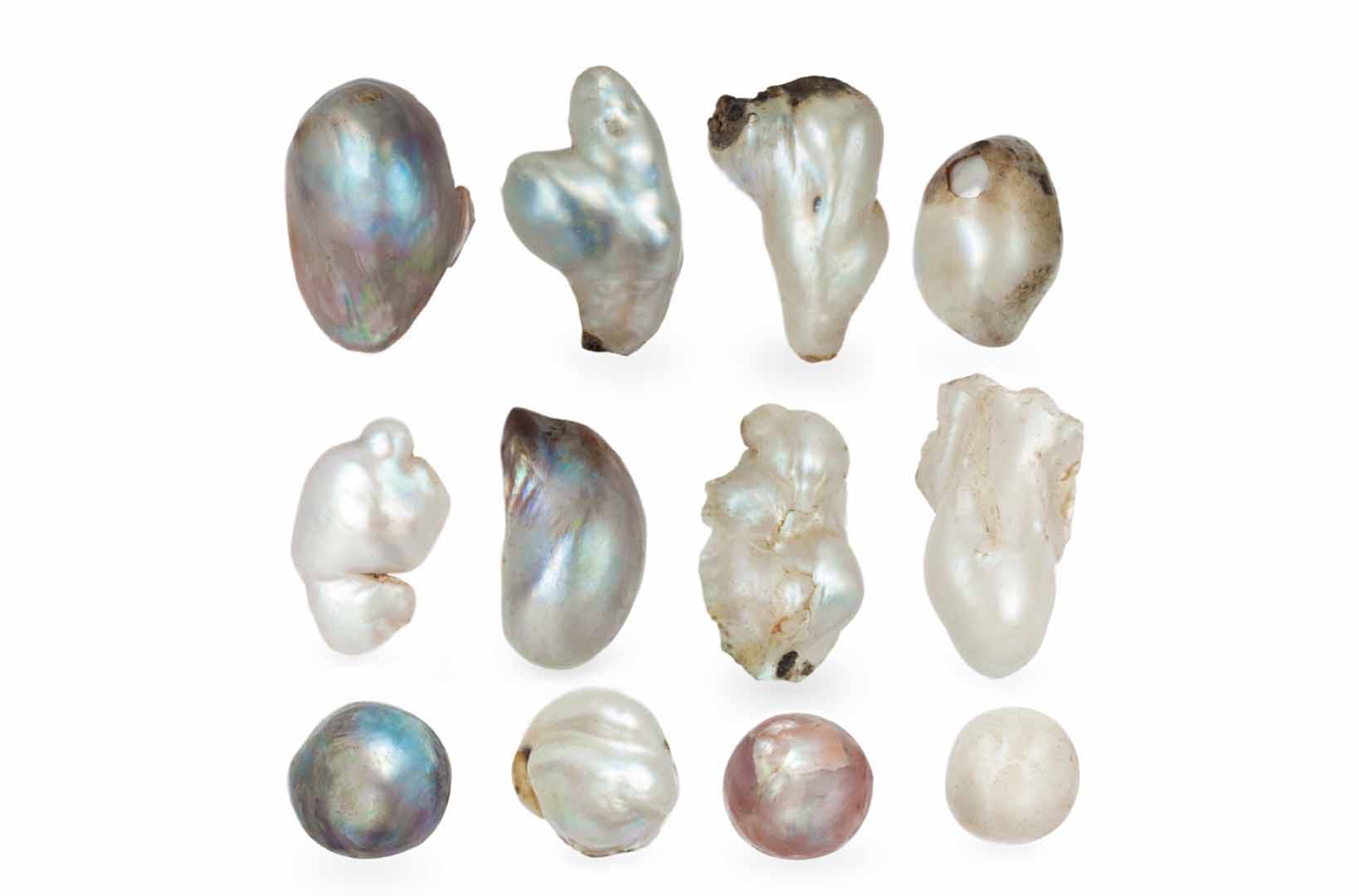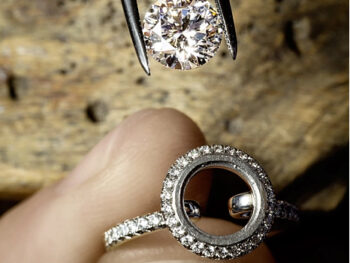Freshwater pearls have a history spanning thousands of years, enduring and remaining popular among female friends.

Freshwater pearls are produced by triangle sail mussels (Hyriopsis cumingi) and Hyriopsis schlegeli in China’s commercial production, while in Japan, other bivalves living in lakes, riverbeds, and streams (Biwa pearls and Xiapu pearls) are produced, as well as in the United States (Mississippi River Basin). Although most freshwater pearl information lists multiple pearl-producing locations worldwide, the vast majority of the global freshwater market is dominated by Chinese pearl farms, accounting for almost all of today’s freshwater pearl sales.
Freshwater pearls are nucleated pearls, composed entirely of pearl material secreted by the mother mollusk. Common sizes range from 3-8mm, and the quantity of freshwater pearls larger than 9mm begins to decrease significantly. Because freshwater pearls are nucleated, they are influenced by more external factors during growth, resulting in many irregularly shaped pearls. Common shapes include round, oval, baroque, rice-shaped, and irregular shapes, with round pearls accounting for less than 5% of the total pearl production.

How to choose freshwater pearls?
The selection of freshwater pearls is generally based on four criteria: size, luster, shape, and flaws. The larger, brighter, rounder, and fewer flaws the pearl has, the higher its value. With limited budgets, it is recommended to prioritize luster, size, shape, and flaws in that order.
Is cultured pearl natural?
Many customers have asked us this question. Cultured pearls are indeed natural pearls, just like eggs from captive chickens are still natural. This is the same principle.
Why do many people say freshwater pearls are not valuable?
People often say, “Freshwater pearls are priced by weight and are not valuable.” Every time I see such ignorant remarks, I want to refute them. It is true that freshwater pearls are sold by weight when wholesaling in bulk. However, this issue needs to be elaborated on. In wholesale transactions, 60% of pearls can only be ground into pearl powder, and the remaining pearls need to undergo dozens of manual processes (the labor cost of pearl classification far exceeds your imagination). High-quality, bright, round, flawless pearls are truly one in ten thousand, so the value of good pearls remains high. A single high-quality freshwater pearl can be worth tens of thousands of dollars, which is indeed normal.

Are freshwater pearls better than saltwater pearls?
This kind of comparison is meaningless and relative, as each has its own advantages and disadvantages. Moreover, everyone’s views and preferences are different, so there is no conclusion. In terms of overall appearance, saltwater pearls are better than freshwater pearls. When comparing similar quality saltwater pearls and freshwater pearls, saltwater pearls are much more expensive, but don’t forget that saltwater pearls are nucleated pearls, while freshwater pearls grow without nuclei. Top-quality freshwater pearls will not be inferior to saltwater pearls, but in comparison, freshwater pearls are more scarce.

